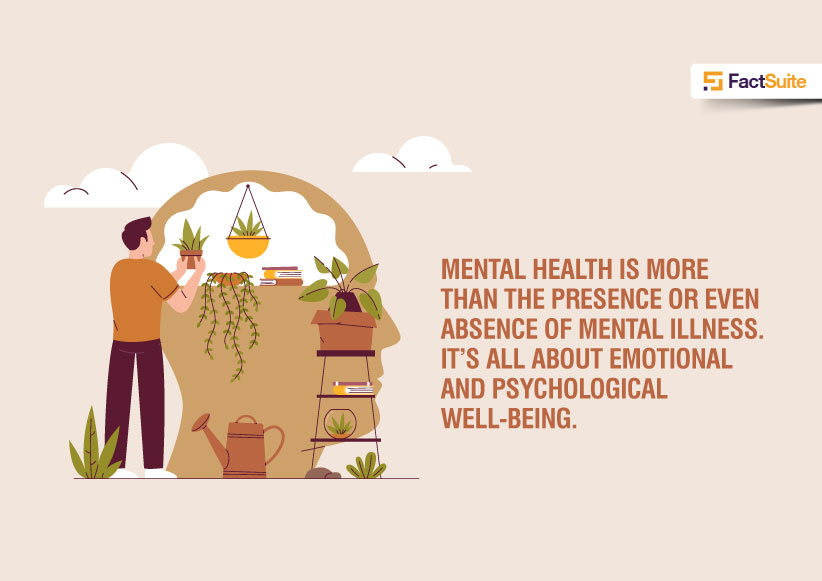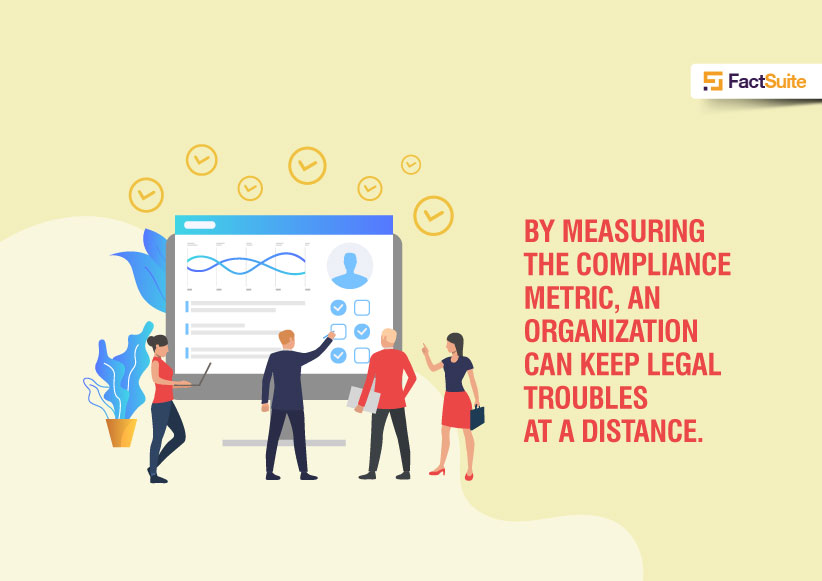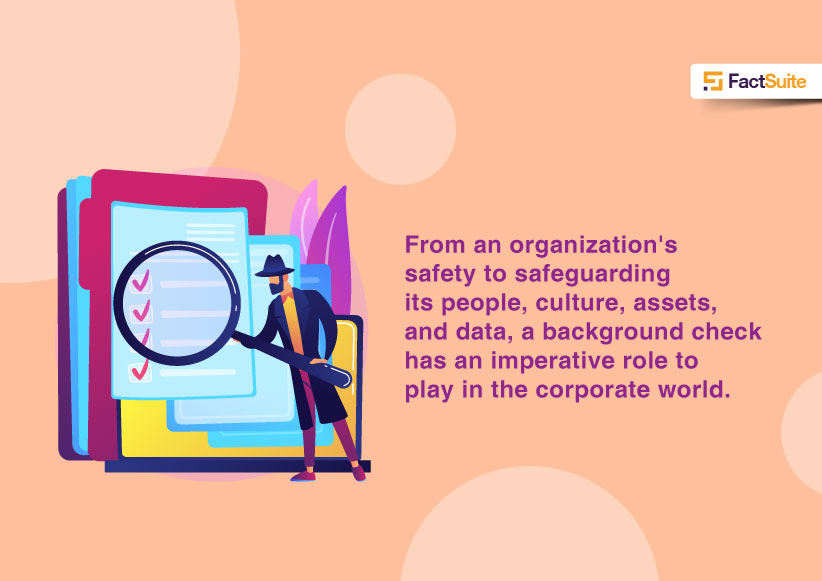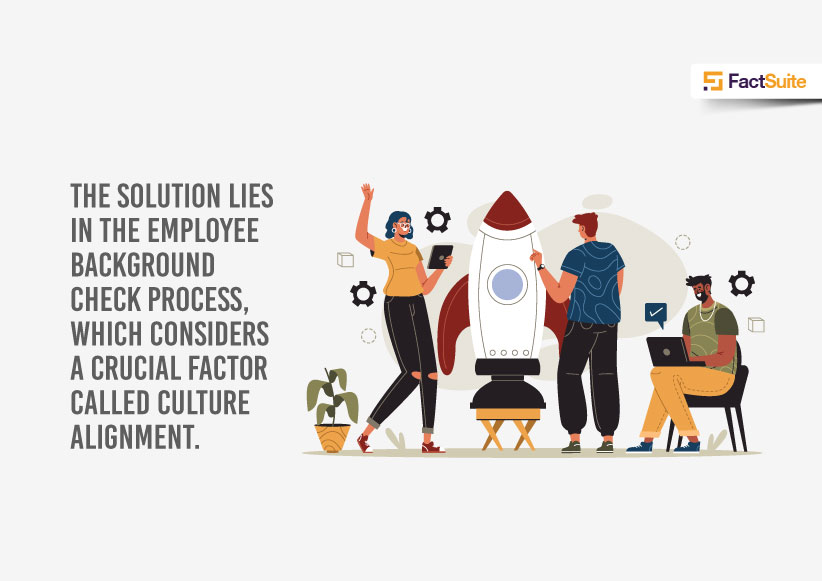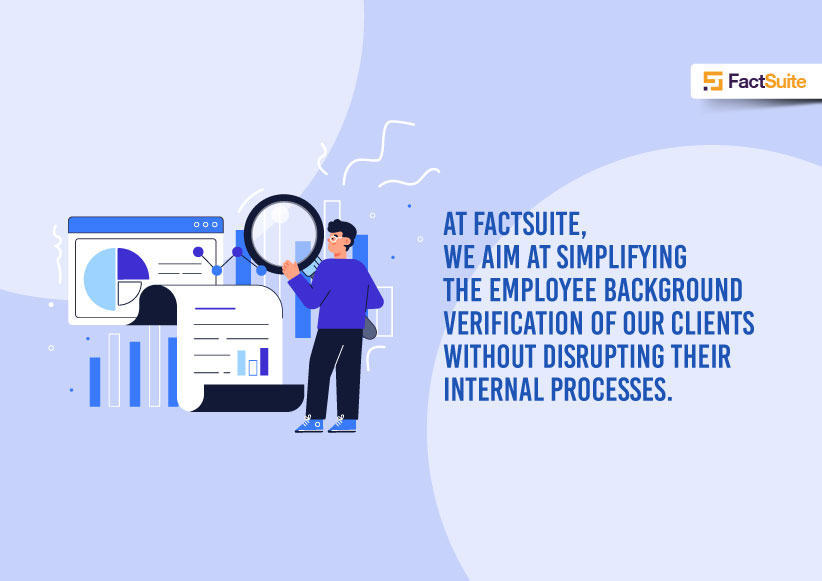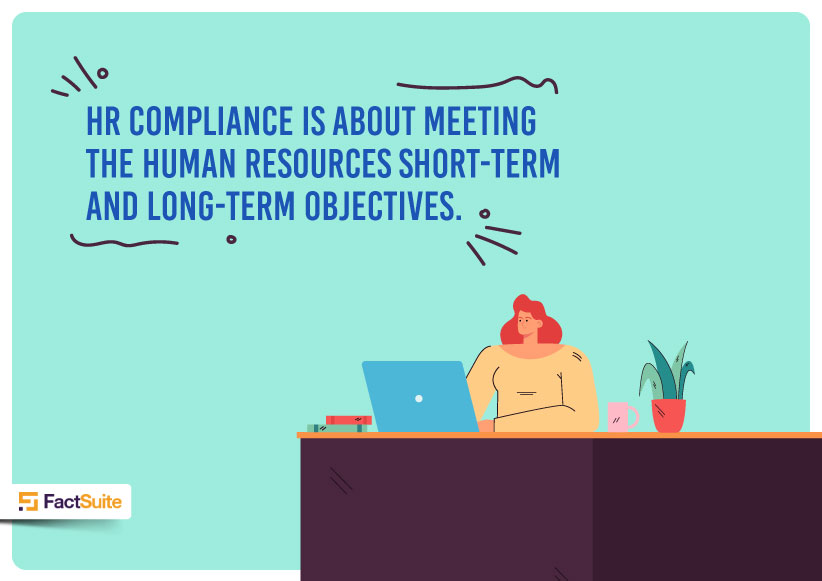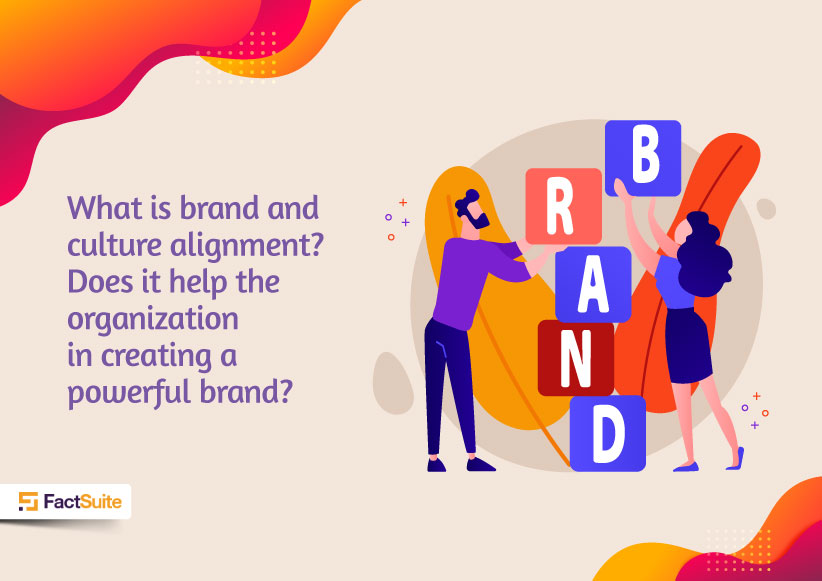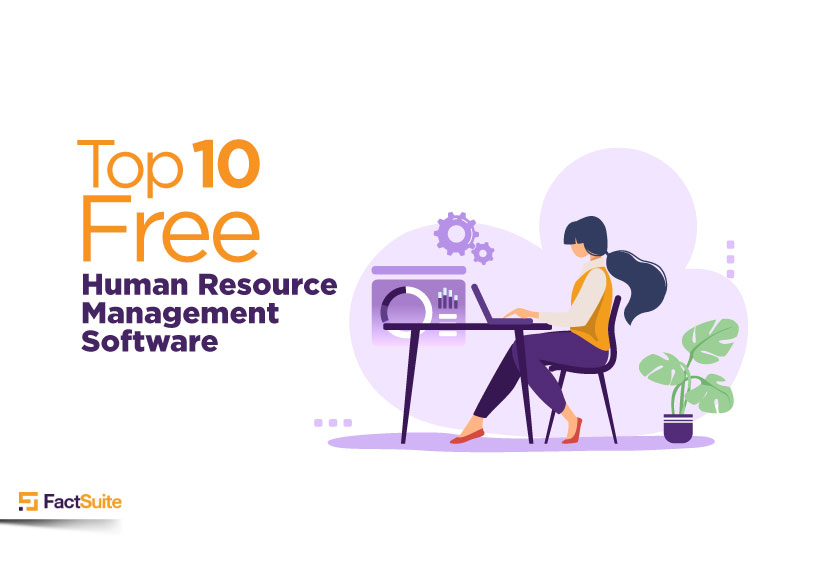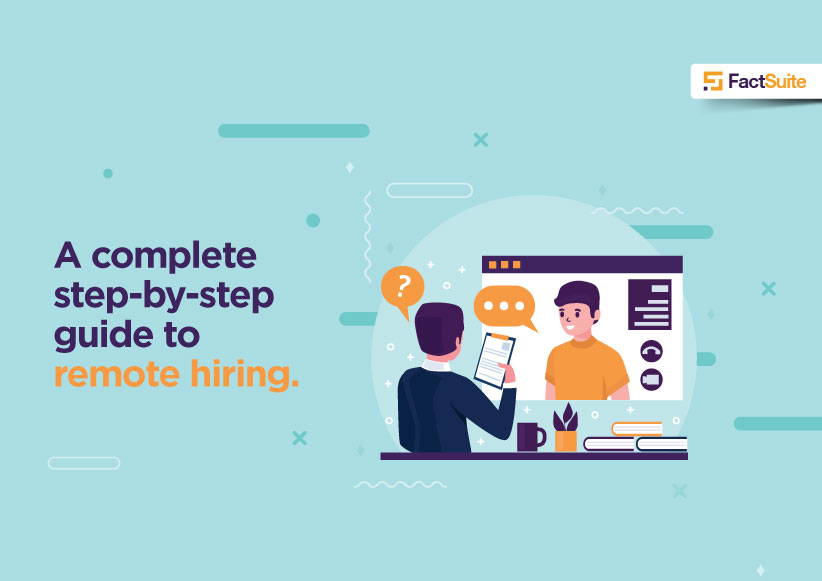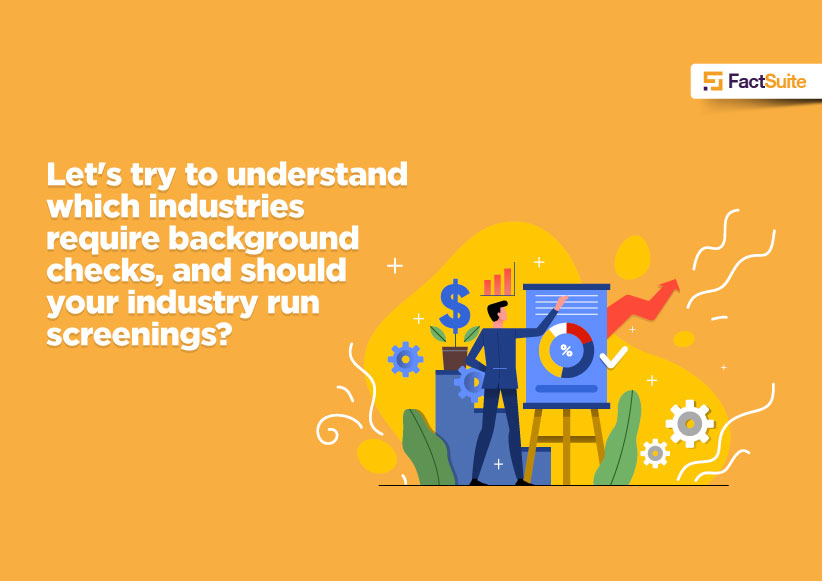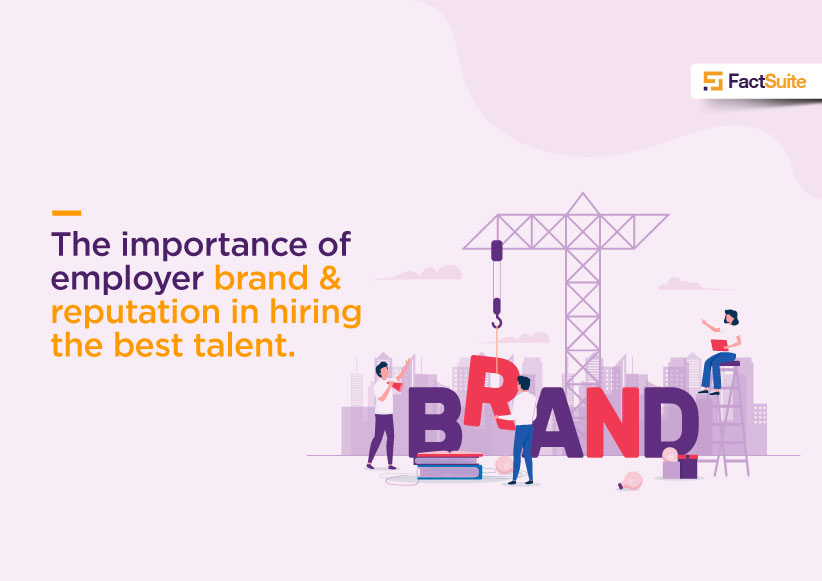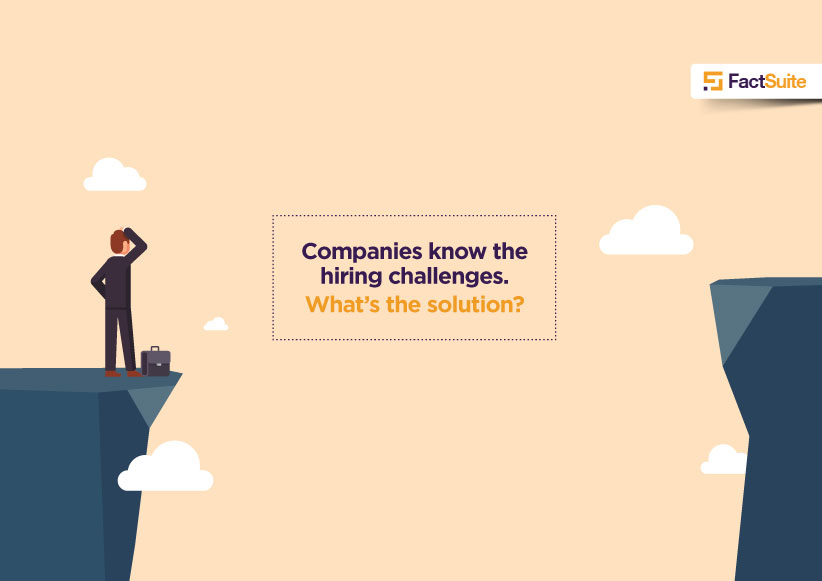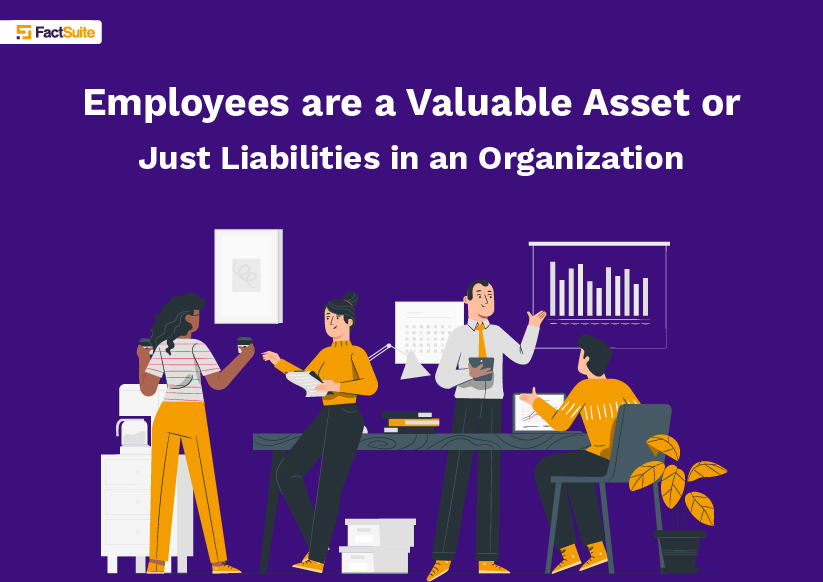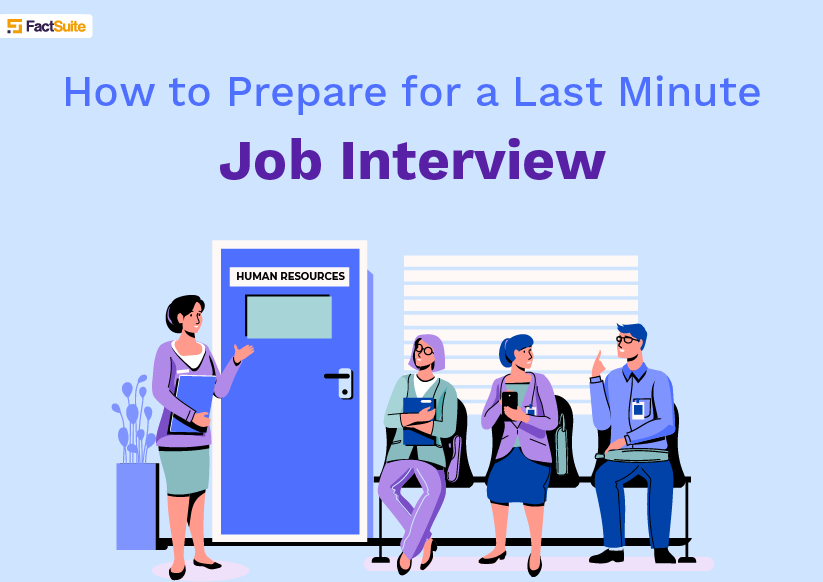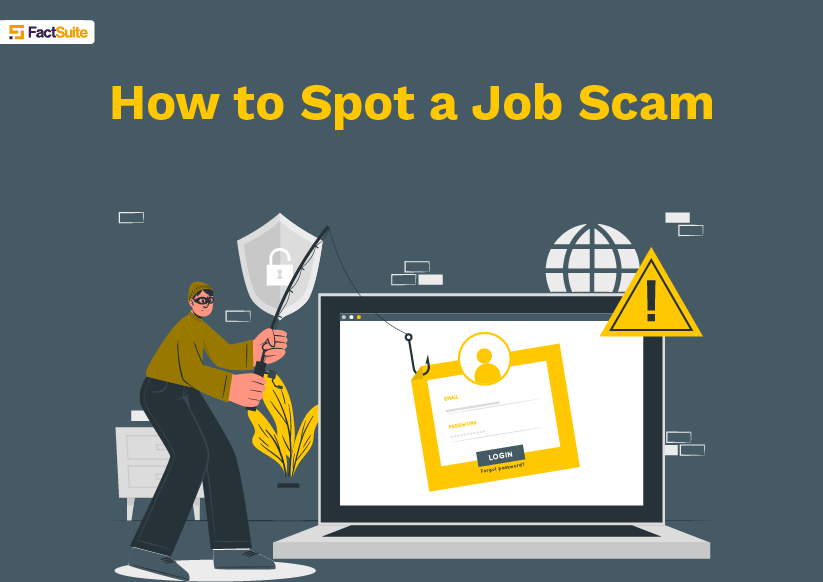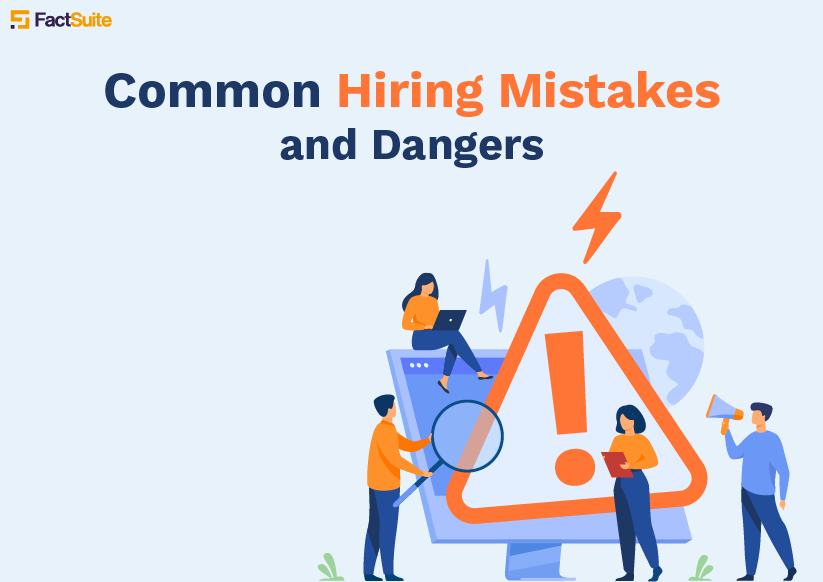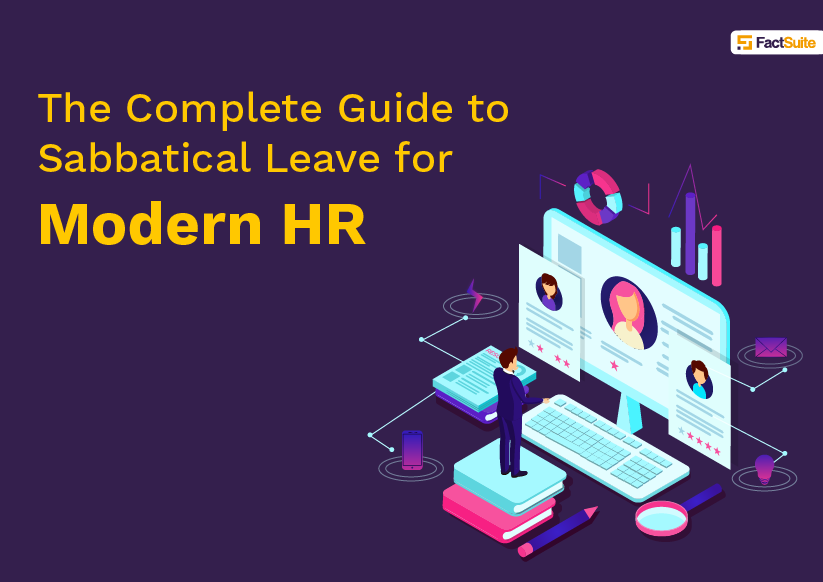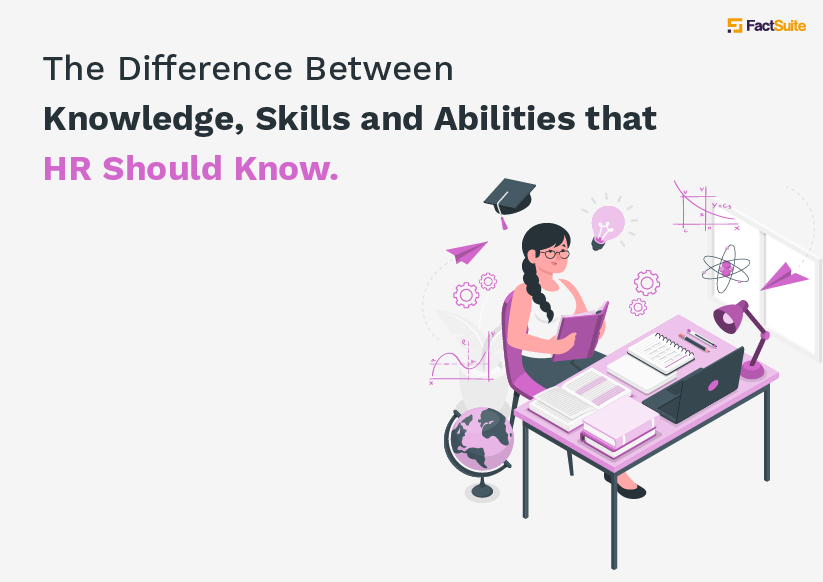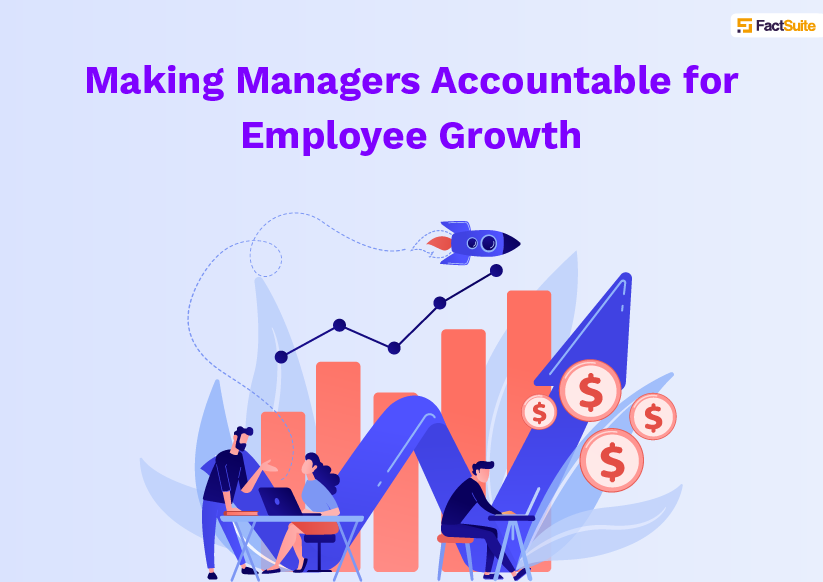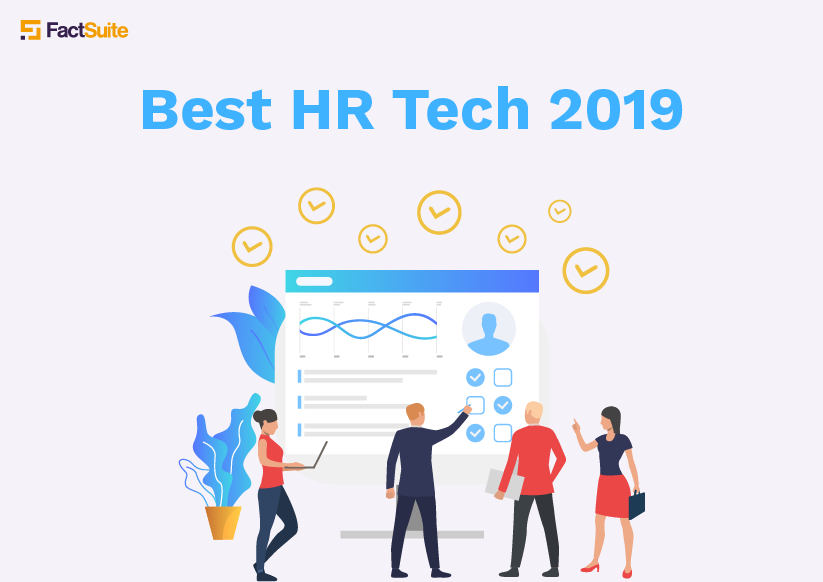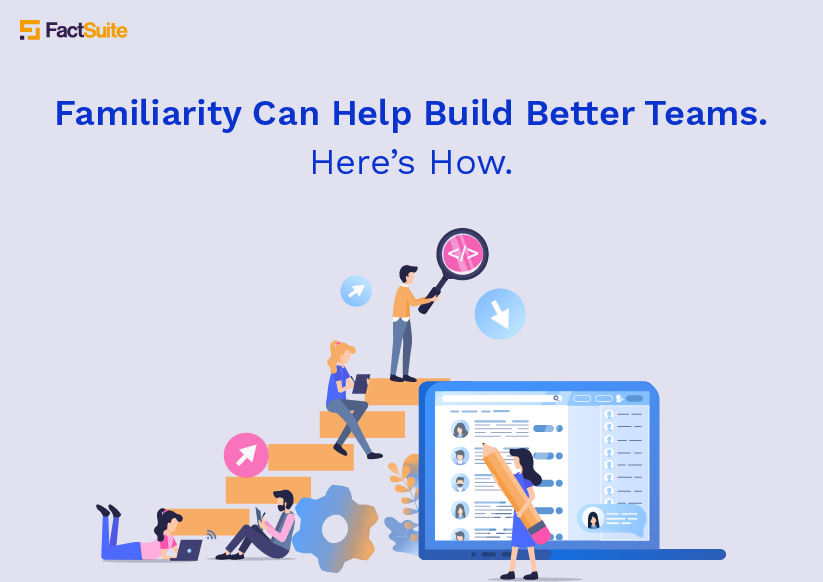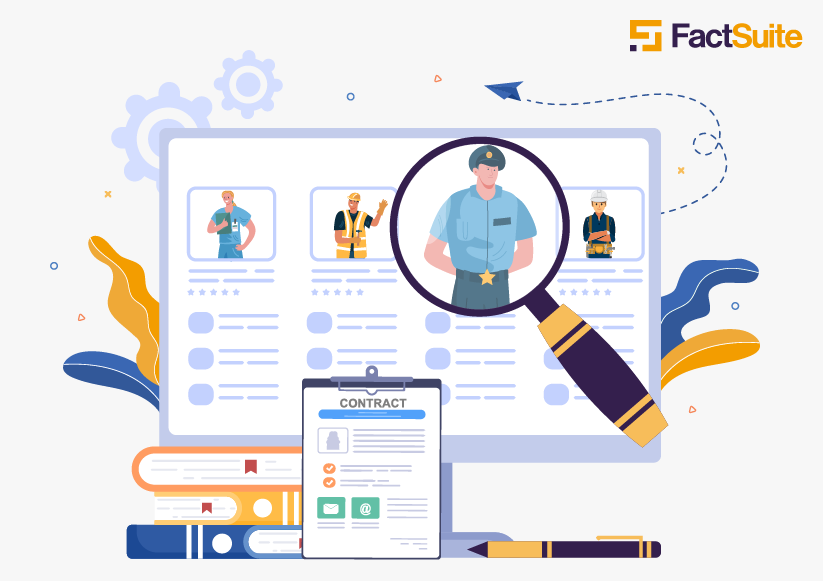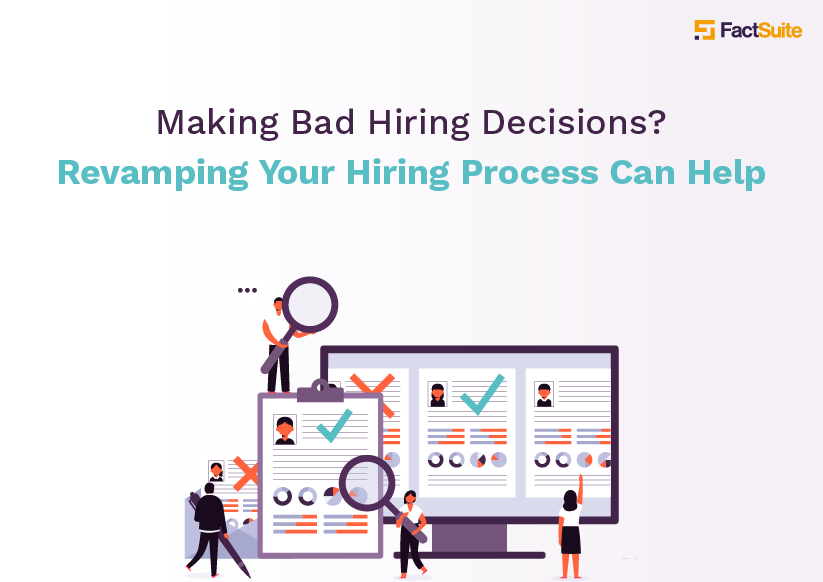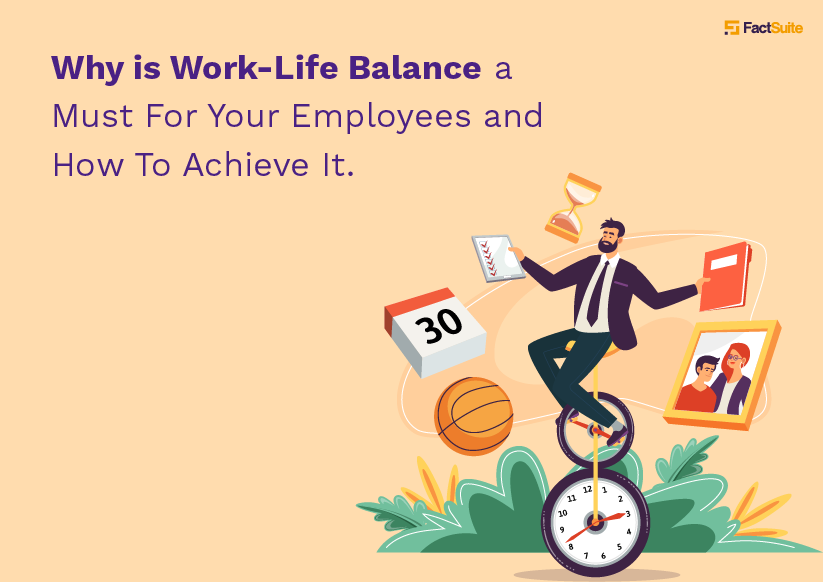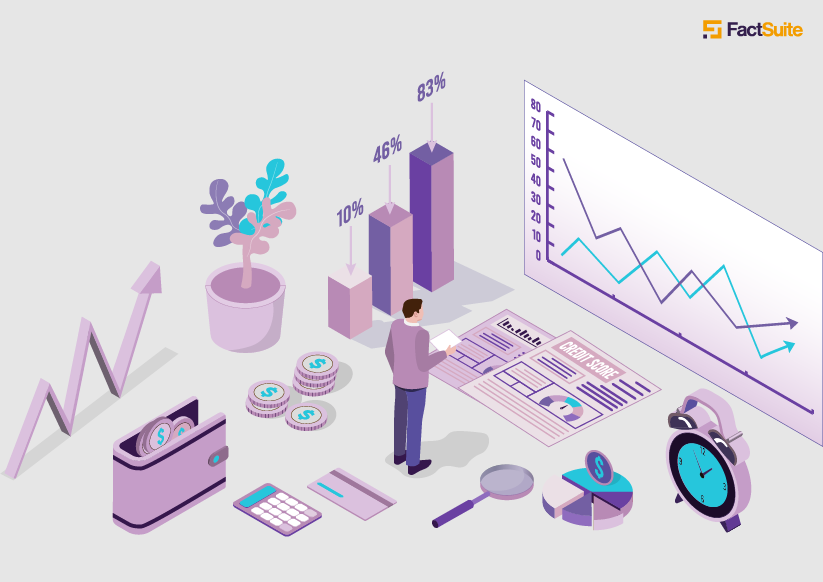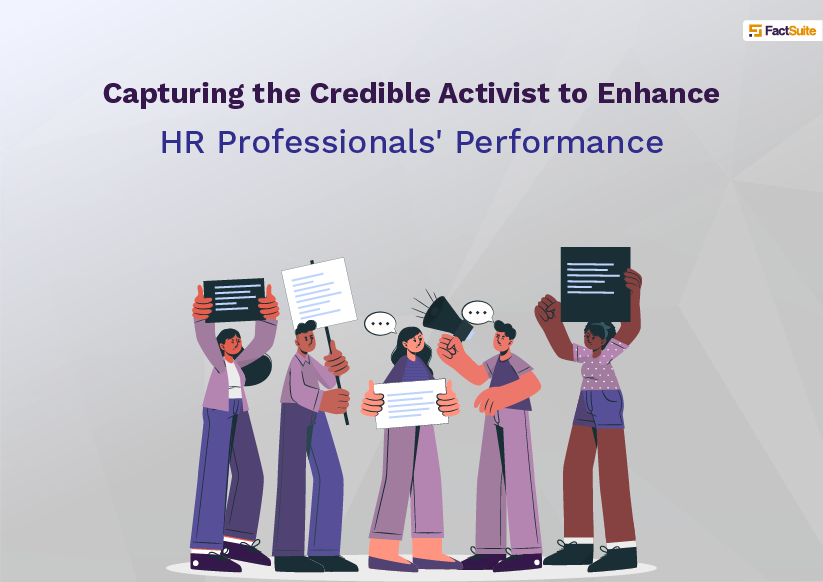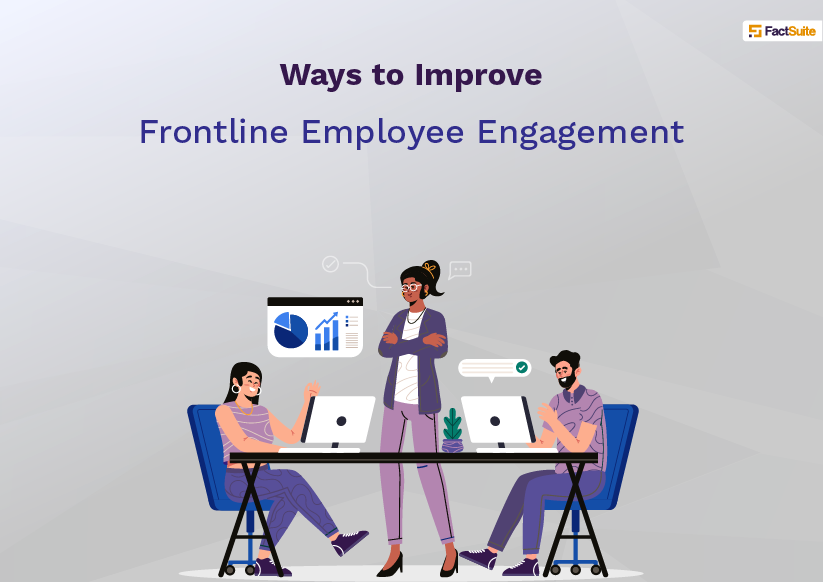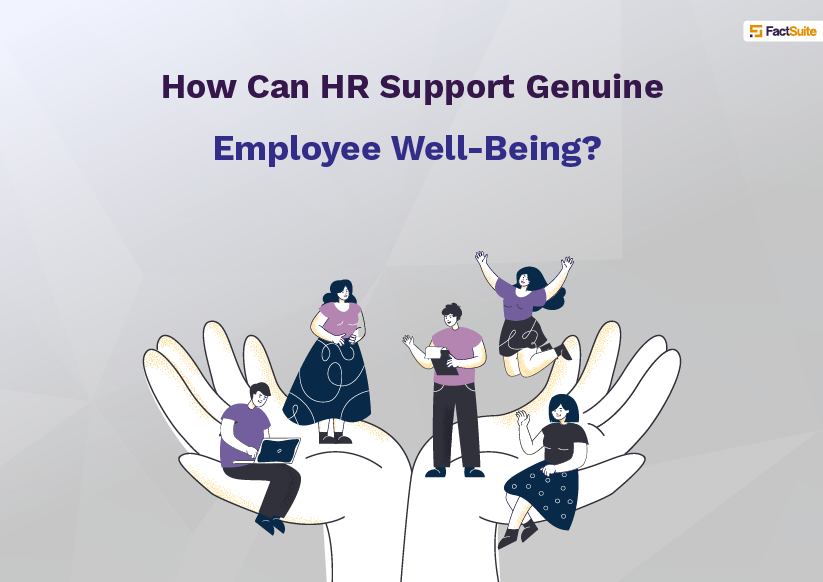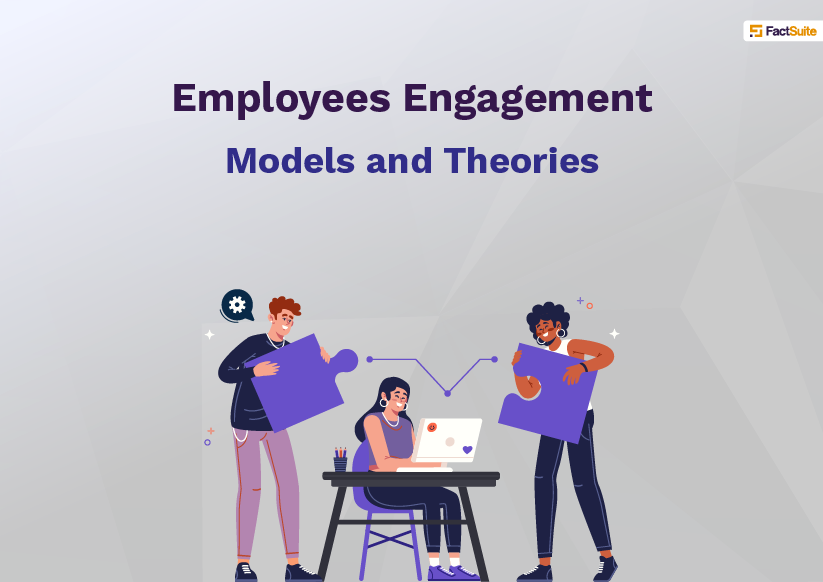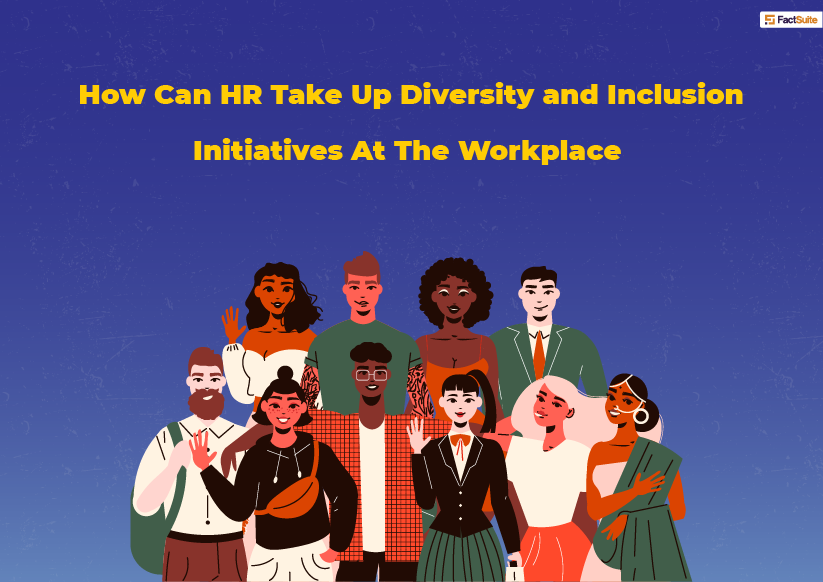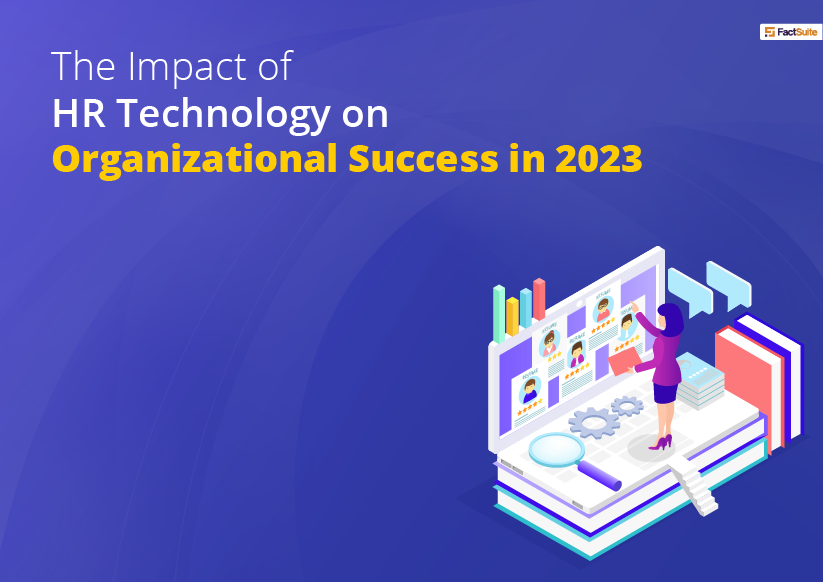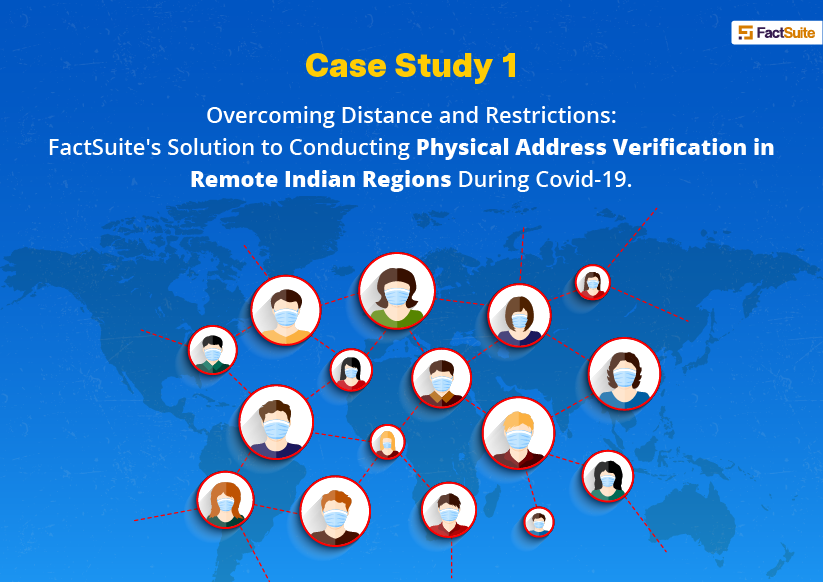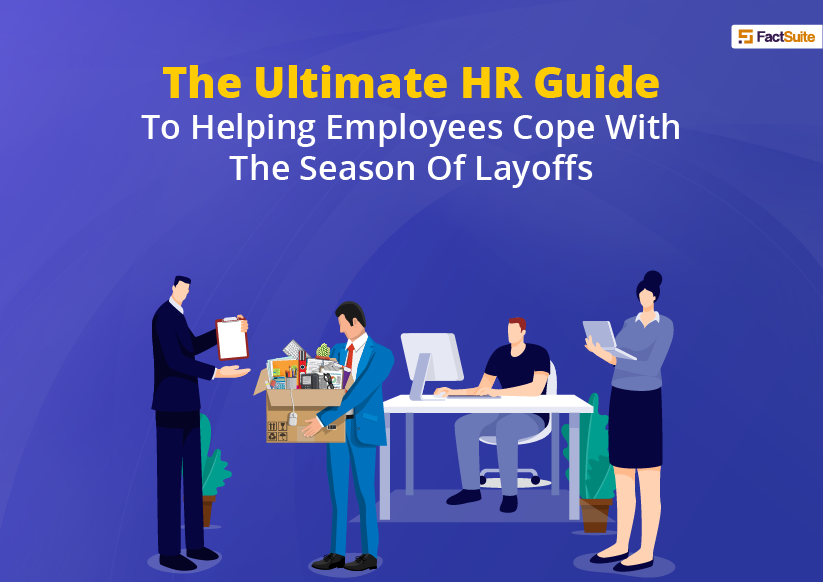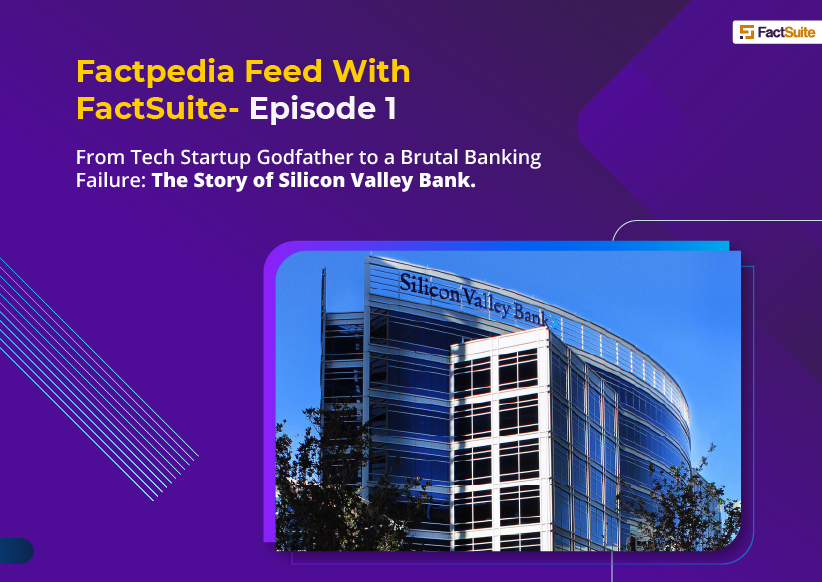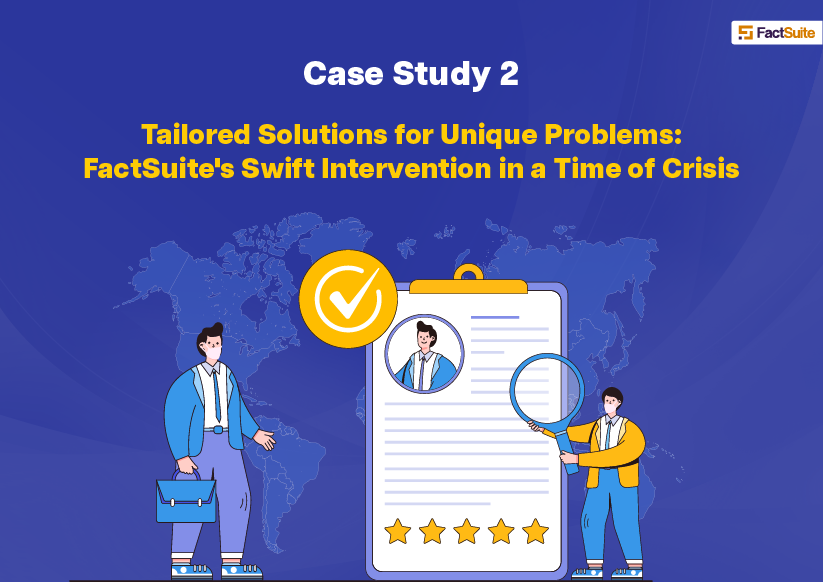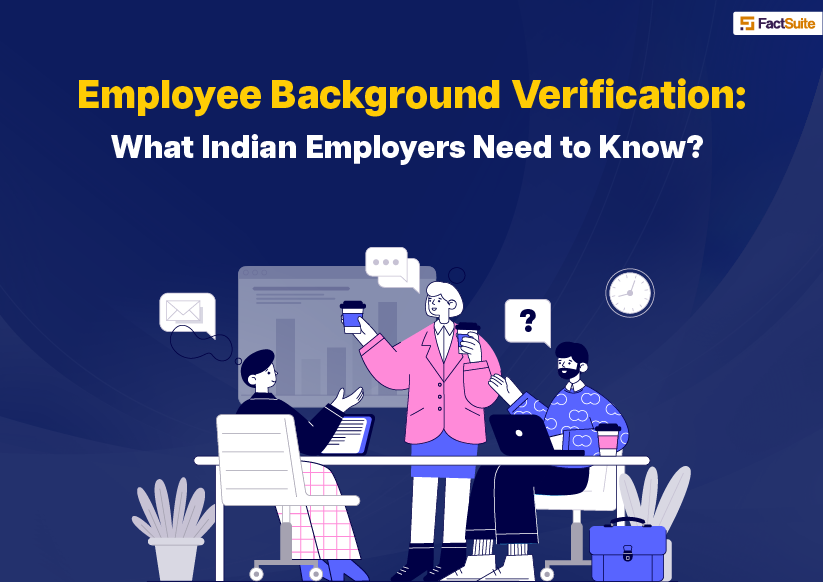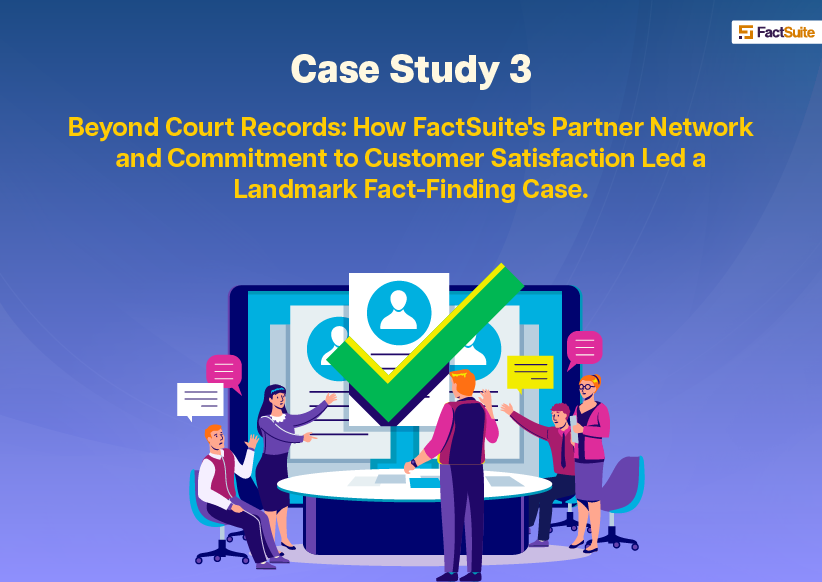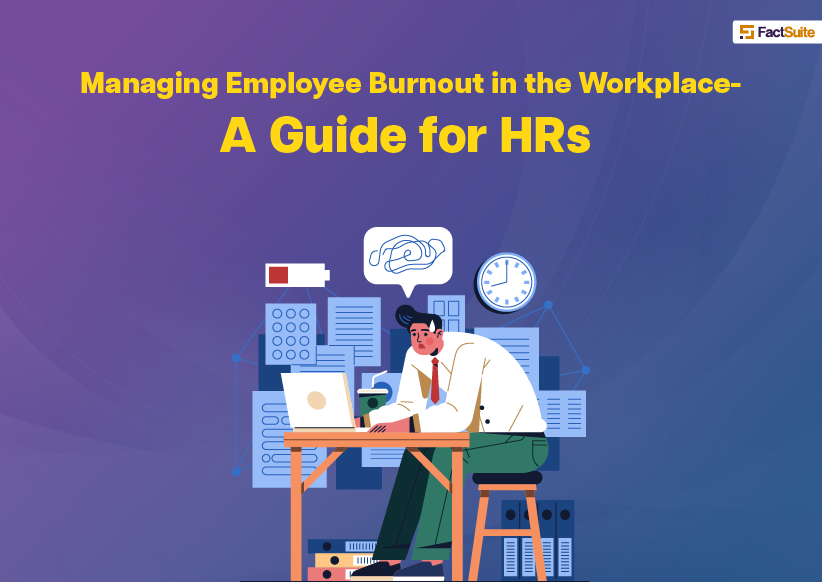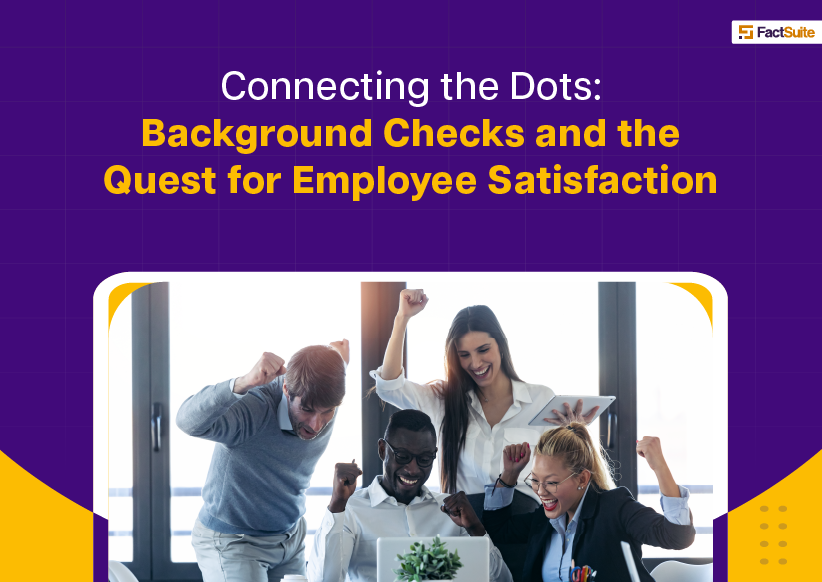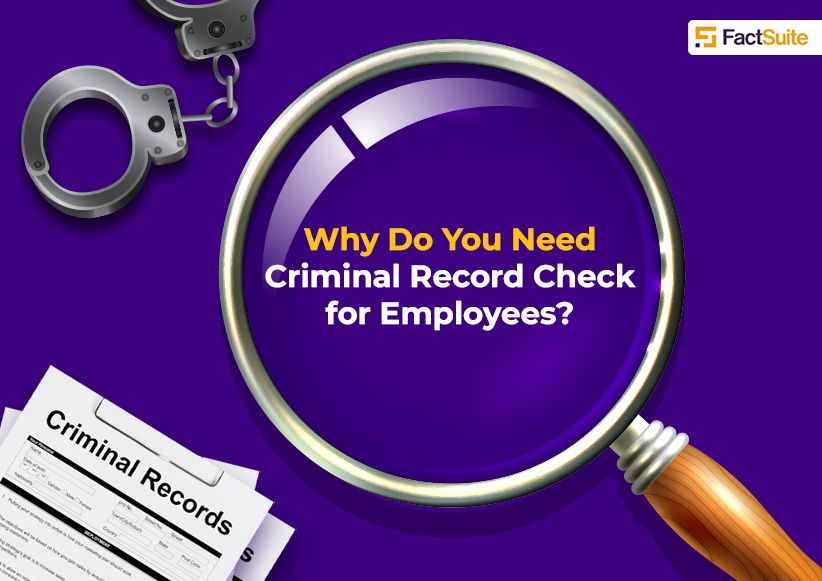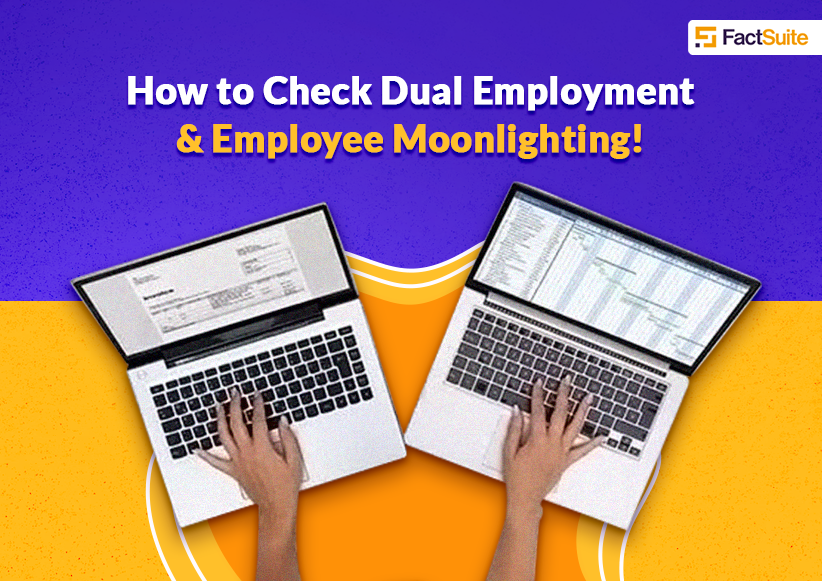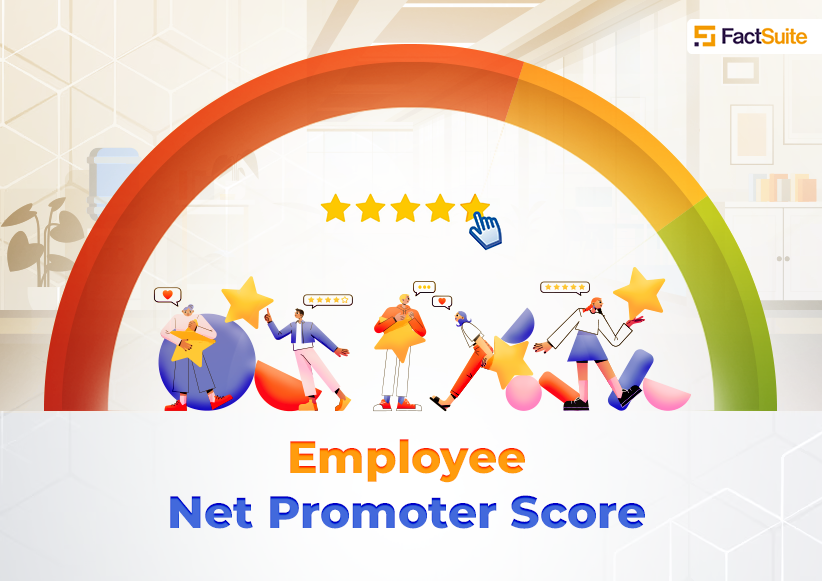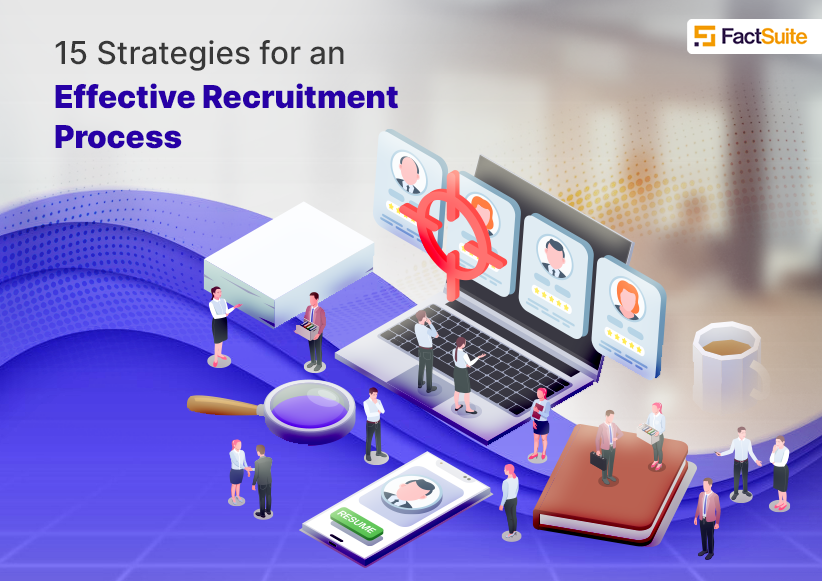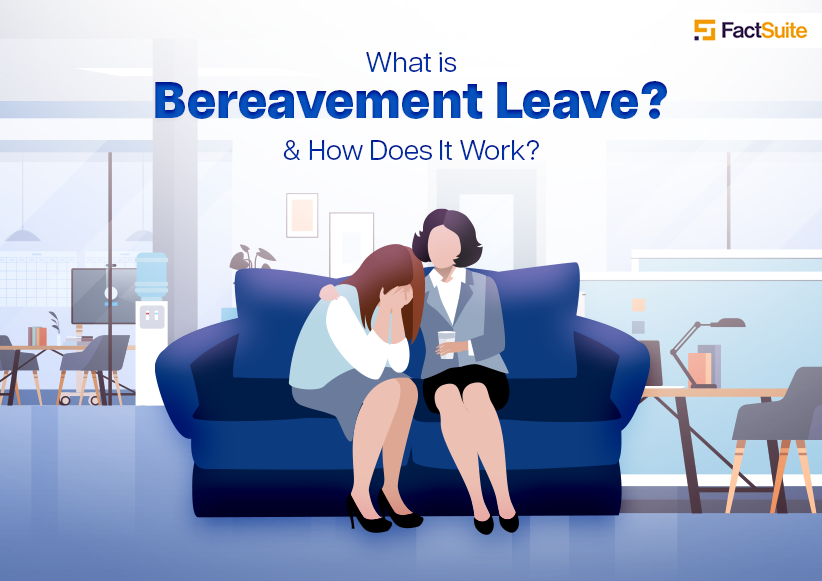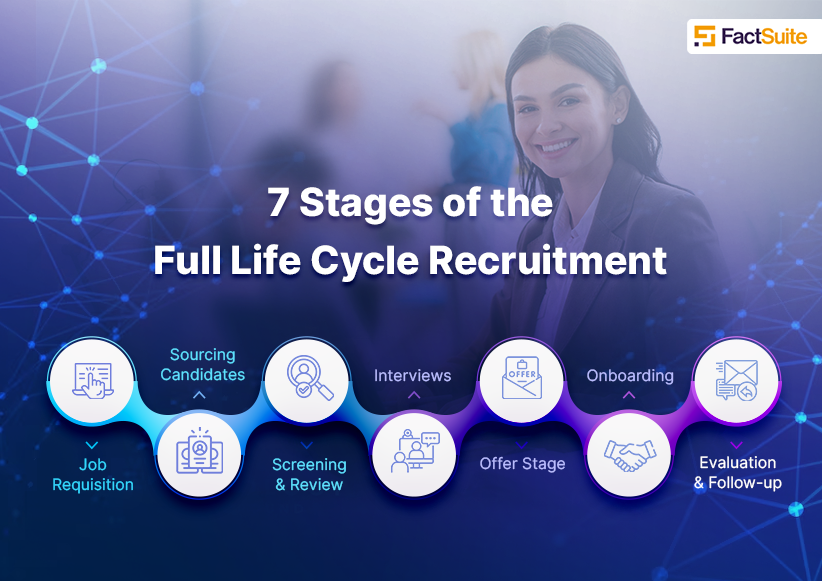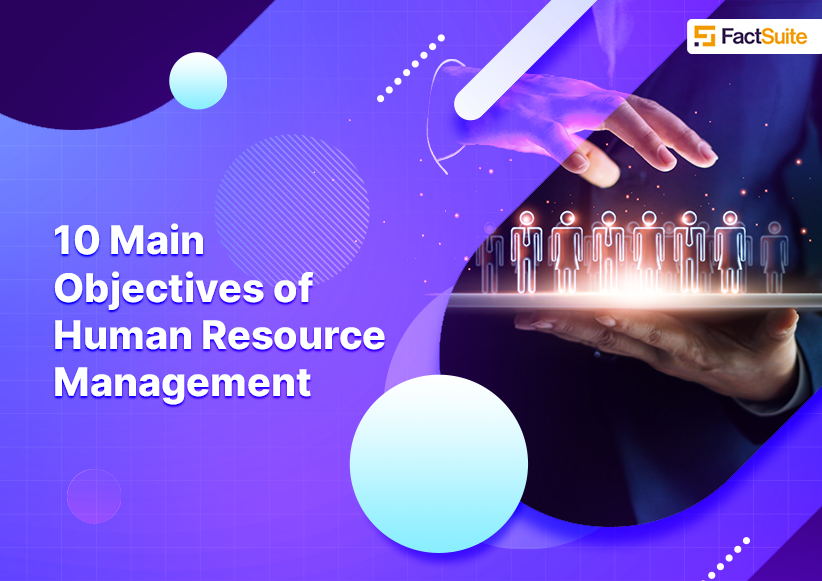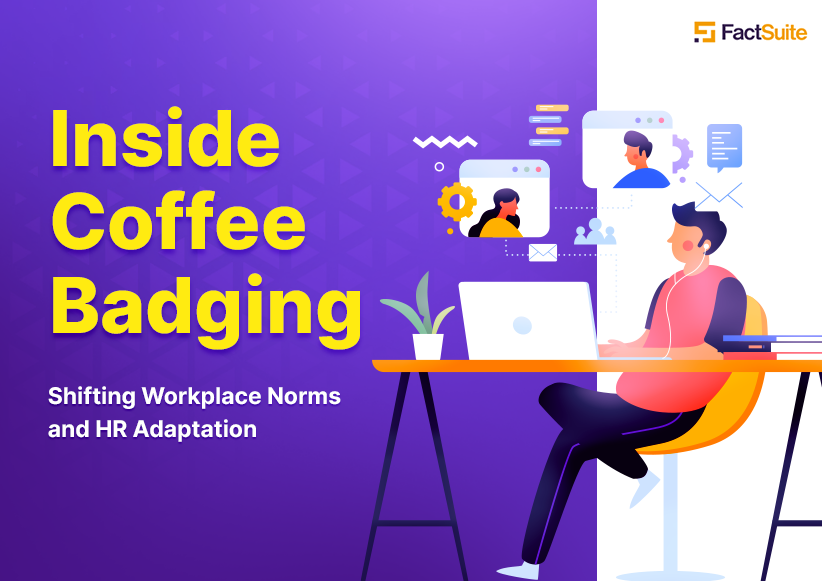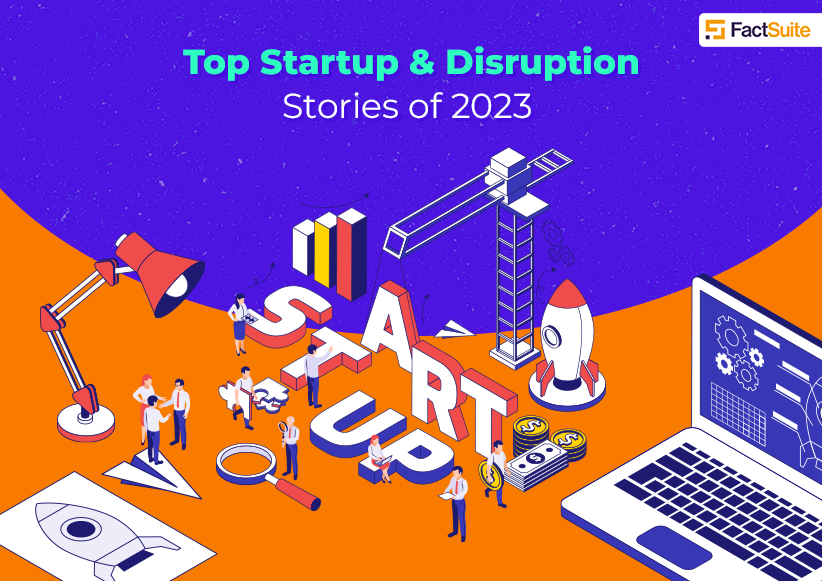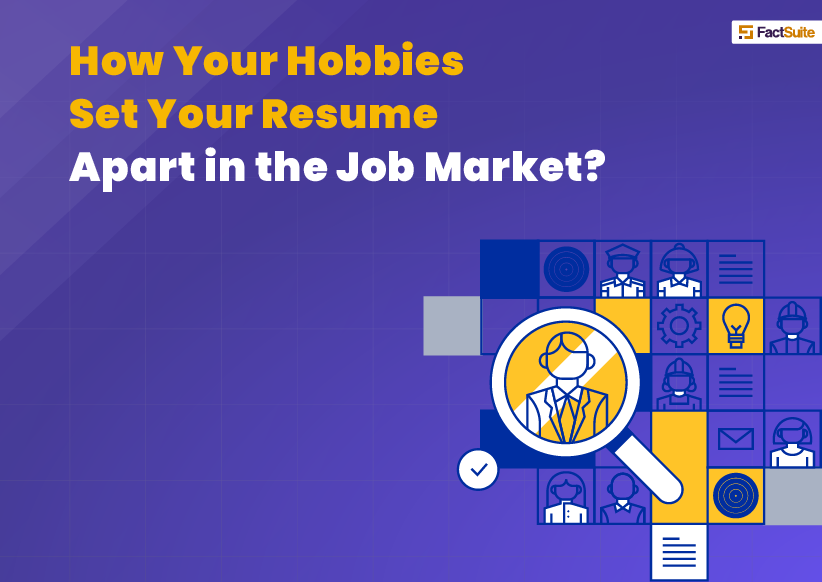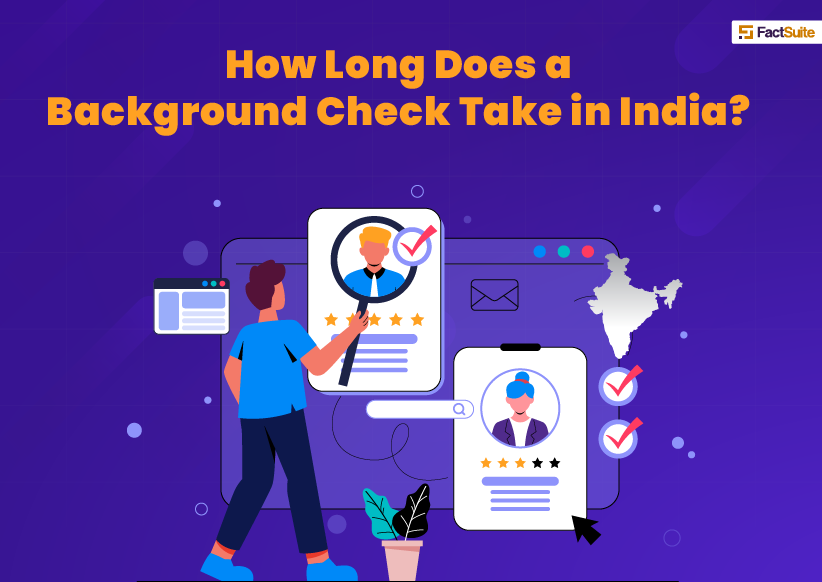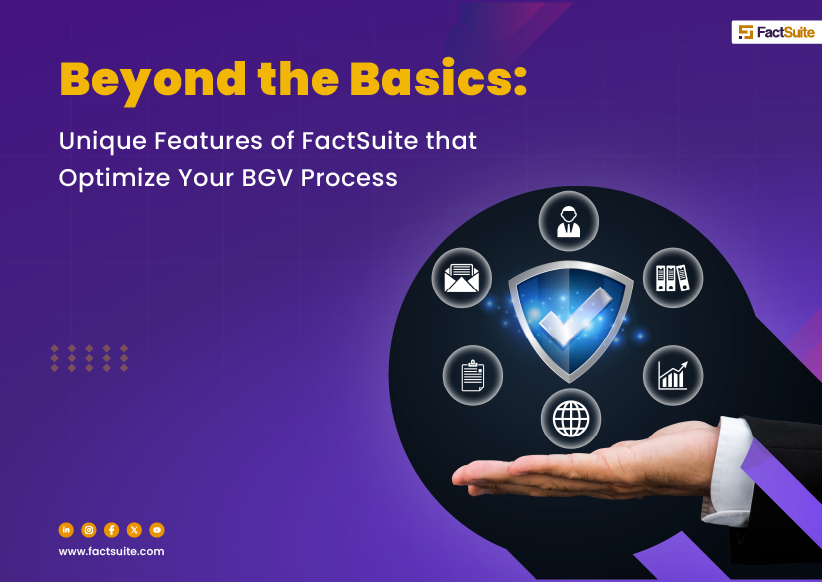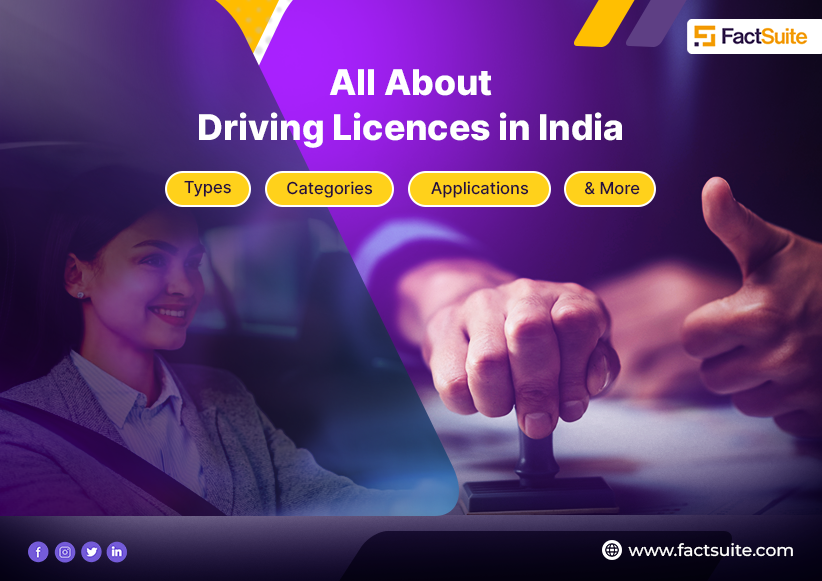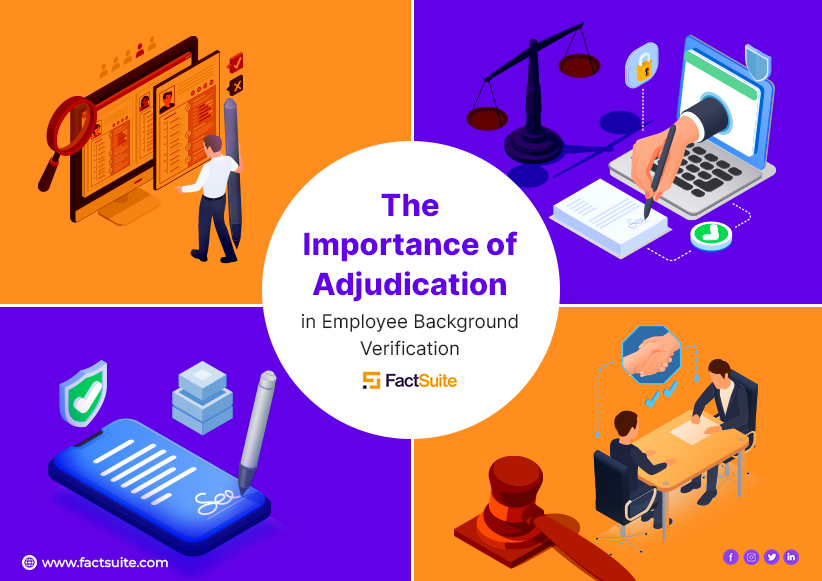How to Chart a Career Plan

There are several ways in which one could chart a career plan. In today’s fast-paced work environments, there are few organizations that have the time and inclination to support individual employee career growth. Most of the development is the responsibility on the employee. Which brings us to ‘self development’. Let’s look at what professionals could do to take charge of their career development and accelerate growth to create a career plan.
S Curve Career Planning
To plan the progression and growth of business and product, professionals draw upon the sigmoid function (S Curve). Not just business and products, an article in the Harvard Business Review talks about the S Curve in the context of individuals’ career paths. Let’s look at how it can be applied to cubicles and business rooms, too.
What is S Curve? It is a model that maps progress over time. The map drawn on a graph would resemble a tilted ‘S’. A number of businesses follow this pattern: a slow start, fast-tracked middle and leveling towards the end. The same can be applied to individual career planning. But what would that mean?
The curve would begin at the start of one's career, where one starts within a new domain of expertise and develops competence as one keeps learning and practicing. Then comes the stage where one achieves mastery; this is where the curve flattens. The reason for this could be many: the old skills are no more relevant or there is not anything new left to learn.
This flat stage is the time when one needs to learn new skills and grow the learning curve that leads to the career curve. In today’s technology-driven age, the S curves are becoming shorter owing to a faster rate of change and accelerated growth cycles.
70, 20, 10 Career Planning
Marc Effron, advisor on how to build high performing talent says, “Growing fasteris the key to mapping out career ambitions.” He explains how-to through a simple process – 70, 20, 10 model.
Research shows that 70% of the professional growth comes from work experiences, 20% from social interactions and 10% from formal education. There are two key steps to growing faster through this model:
1. Know your goal and where you are at present
2. Get experiences and create an experience map
Tennis star, Roger Federer has often spoken about the importance of goals in his career progression, “Because if you never set yourself goals, you can never question yourself.” The effects of goal setting are visible in successful professionals. Proactivity in setting goals can increase our sense of agency – the ability to feel in control. Goals can make us happier and help us build our identity.
Now let’s look at how to apply the 70, 20, 10 model to career planning.
The first step would be to understand which experiences will help you build your career and help you close your from and to gap. Create a map of these experiences.
There are two types of experiences that can help you accelerate your career growth: functional experiences and management experiences.
1. Functional experience: will help you build competency in skills such as marketing, supply chain and R&D.
2. Management experience: will help you build skills that help in managing challenging situations.
By successfully achieving these challenging experiences, professionals can prove to their employers that they are ready for bigger roles and opportunities within the organization. Here are some cues:
- Select four to five functional experiences and three to four management experiences you believe will benefit you most and list them on your personal experience map.
- The map should be focused and realistic. Use this map as a reference sheet that you’ll use regularly to plan your growth and assess your progress.
The above techniques can guide career planning. However, there are critical factors that can help individual professionals. Jeff Bezos, Sergey Brin, Steve Jobs and Larry Page, didn’t become successful businessmen simply by letting their career “happen” or “go with the flow”. They took charge and action and strategically built their success. Here are a few critical skills and ways in which professionals could practice career planning.
Strategize
Today’s millennial generation requires being proactive in developing and planning their careers. Think strategically in every job, every project and every gig that you assume.
- Focus on attaining skills that can be marketed, gain experience with known names in your industry that could add to you resume.
- Find a mentor within the organization. The mentor could help you in professional development, understand the organizational culture and develop new perspectives. If your organization does not have a formal mentorship program, take charge and find yourself a mentor.
Set aside time for strategic career planning periods
The fast-paced professional in a city and in most corporate set-ups means months and years could pass by before you realize you’ve stagnated or going downhill in your career.
Do this: Have a group of trusted friends, family members and colleagues who you can meet to discuss larger career goals and career planning. Force yourself to take time off work every few months to meet them and engage in strategic thinking and planning.
Deep work
Author and professor Cal Newport talks about ‘Deep Work’, which emphasizes on the need to create in-depth and valuable projects that involve a shift from reactive work to a more profound, self-directed and long-term approach to any given project. There may not be immediate returns on ‘deep work’ but its long-term results in career planning are significant and promising.
Willingness. Proactivity. Persistence. Consistency. Discipline. Grit. Commitment. Planning. These are key terms when it comes to career planning. Practicing these can take professionals to places and to new heights that mere education and talent cannot. Are you willing to take control of your career planning?
